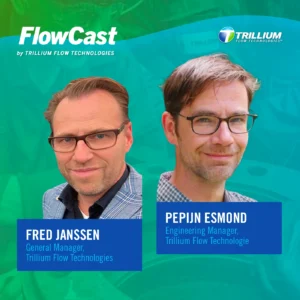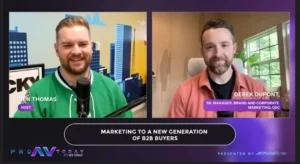The Technology That Revitalized Physical Retail This Holiday Season
Brands Turn to Augmented and Virtual Reality to Attract More Shoppers During the Holiday Season
Every consumer wants an experience. Having a product at a competitive price is not necessarily enough to lure shoppers, especially millennials, who are now the largest generation and digital natives.
In fact, a Nielsen report on millennials concluded that more than 74 percent of the generation believes technology makes their lives easier. By bringing technology into the equation brands are experimenting with new ways to connect, including augmented reality (AR) and virtual reality (VR) tactics.
Millennials are fascinated by AR and VR, with the generation twice as likely to purchase a VR headset than their generational peers. More brands have turned to AR and VR to attract this generation and all other shoppers during the holiday season. There are many different ways this played out for consumers over the past few hurried weeks of holiday shopping.
LEGO Creates AR Studio for Imagination
LEGO is a brand known to inspire the creativity of young minds. The toy manufacturer is also a brand that has continued to evolve and tie in technology with its physical building blocks. This year the company launched an AR studio app, which allows users to play with digital LEGO sets in the real world, integrating physical LEGO models. The company created the new app with Apple’s ARKit and may have been a driver for the product on Christmas lists.
Immersive VR Delights Shoppers in Singapore
313@Somerset, a retail complex in Singapore, offered shoppers a unique experience to drive more traffic to its brick-and-mortar stores. A VR sleigh was launched to add something unexpected to the customer experience. Shoppers walked into a holiday-themed land and had the opportunity to collect presents for Santa’s deliveries.
The set-up was the work of EON Reality, with the goal of delighting young ones so their parents could shop longer without worry. The project was a great success and garnered much attention.
Target Beauty Studio Allows Shoppers to “Try On” Color
Target, one of the world’s biggest retailers, created the Target Beauty Studio, an AR experience, with the help of Perfect Corp’s YouCam Makeup app. The brand started with 10 stores in 2018. There is a good chance this concept will spread to other stores to continue creating unique experiences for shoppers.
What concepts like these do is create a bridge between brick-and-mortar retail and e-commerce. More and more consumers want to use AR and VR. This curiosity is leading to brands being able to deliver experiences unlike any other.
Zara Uses AR to Encourage Quick Purchases
Another retailer invoking AR to create better brick-and-mortar experiences is Zara. Its strategy is focused on attracting that vital millennial market. The retailer introduced the technology to 120 of its locations around the world, Reuters reported.
With the technology, models are shown wearing the latest offerings to customers whenever the put their mobile device near a sensor. If consumers like what they see, they can make a purchase right on their smartphone.
As many consumers shopped for clothing during the holiday season for themselves and as gifts, this is a fascinating way to merge technology and the physical pieces of clothing.
The true opportunities for VR and AR in the consumer journey will continue to increase, and retailers need to stay abreast of these trends. Otherwise, they may not be able to reach larger potential revenues.
For the latest news, videos, and podcasts in the Pro AV Industry, be sure to subscribe to our industry publication. A new episode of the Pro AV Show drops every Thursday.
Follow us on social media for the latest updates in B2B!
Twitter – @ProAVMKSL
Facebook – facebook.com/marketscale
LinkedIn – linkedin.com/company/marketscale








